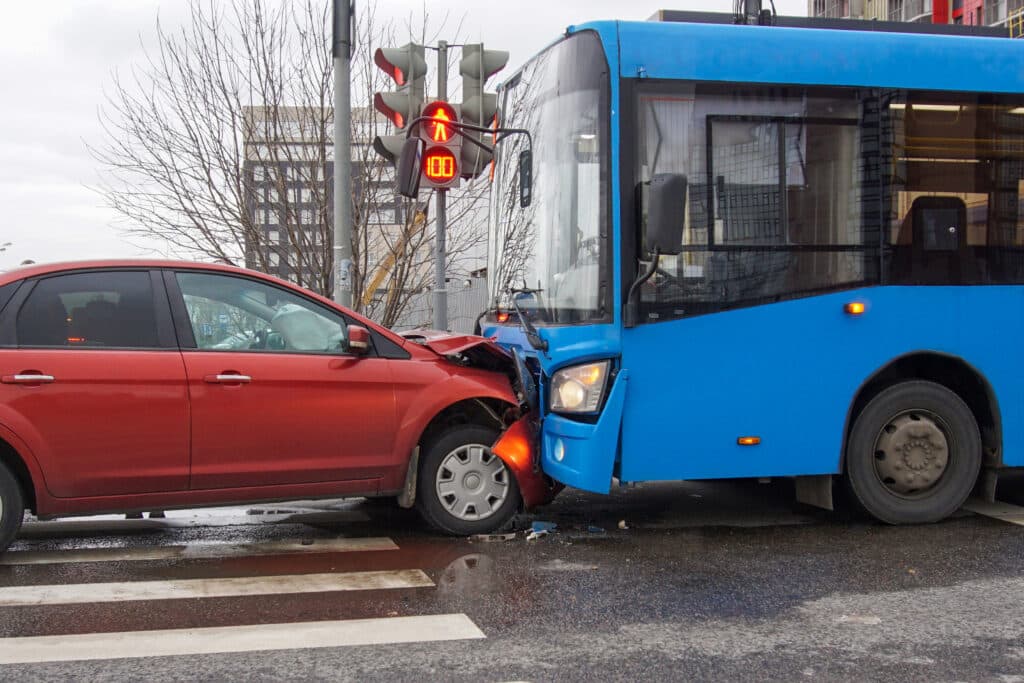
Injured While Riding a Bus in Las Vegas? Here’s What You Need to Know
Every day, thousands of Las Vegas residents and visitors rely on buses—both public and private—for transportation. While generally safe, accidents involving buses can and do happen. Whether you’re on an RTC public transit bus, a school bus, or a privately owned charter or shuttle, getting hurt in a bus accident can lead to serious physical, emotional, and financial consequences.
At Anthem Injury Lawyers, we understand how confusing it can be to figure out your rights after a bus crash, especially when multiple parties may be involved. Do you still have a claim if the bus didn’t actually hit another vehicle? Can you file a lawsuit if the driver wasn’t at fault? What if you were injured by sudden braking or a fall onboard?
This guide explains what steps to take immediately after a Las Vegas bus accident, what laws apply to bus injury claims in Nevada, the difference between public and private bus companies, and how to protect your right to compensation—including damages for pain and suffering.
🔴 Immediate Actions Post-Accident
- Call 911
– Report injuries and danger; ensure police arrive.
– If no police are present, you must file a SR-1 accident report within 10 days with the Nevada DMV. - Seek Medical Attention
– Even minor symptoms could indicate serious injuries.
– Document all evaluations and treatment. - Preserve the Scene
– Take photos/videos of the bus interior, exterior, road, traffic controls, injuries.
– Note location, time, conditions, and lighting. - Gather Evidence
– Driver details: name, license number, employer, bus number.
– Bus info: route, company, registration.
– Witness details: contact info, statements.
– Police report number and officer’s name. - Avoid On-the-Spot Admissions
– Don’t provide detailed statements to insurance adjusters.
– You can record facts with law enforcement. - Contact a Bus Accident Attorney
– Bus company investigators and insurers may downplay liability; legal guidance is crucial, which is why you should call Anthem Injury Lawyers right away!
🧭 FAQ: Does the bus have to hit another vehicle or object?
No. If you are injured while riding a bus, regardless of whether it directly collides with another vehicle or object, you may still have a valid claim. Injuries caused by sudden braking, swerving, defective components, or jostling inside the bus—even without physical contact—can justify legal action. Common carrier liability extends to passenger safety wherever negligence occurs.
📄 Who is at fault—and how does that affect your claim?
- Bus driver is at fault: You may file a personal injury claim against the driver and employer (vicarious liability.)
- Another driver is at fault: File against that driver/insurer. If they are uninsured or underinsured, your own UM/UIM coverage can help—if you have it in your auto policy.
- Mixed fault: Nevada’s comparative negligence law applies—damages are adjusted based on each party’s percentage of fault.
🚌 Special Bus‑Related Regulations in Nevada
- There is no special “bus accident statute”, but Nevada traffic rules (NRS 484E) apply including SR‑1 report timelines.
- Common carrier duty: Buses are held to a higher standard of care; mere slight negligence may result in liability.
- Public transit notice requirement: For RTC or government‑owned buses, a formal notice of claim under NRS 41.036 must be filed (typically within 2 years.)
📝 Filing a Claim Against the Bus Company
The process for filing a claim against a bus company for an accident can be very complicated. Below is a summary, but it is very important to call Anthem Injury Lawyers to assist you. One mistake can cost your case!
- Private Bus (e.g. charter, shuttle, tour, party bus):
– Submit to insurer and/or file a lawsuit.
– Statute of limitations: 2 years from accident discovery. - Public Bus (RTC, CCSD, other government‑owned):
- File a Notice of Claim with the appropriate government agency (e.g., RTC, Clark County) and/or Nevada Attorney General under NRS 41.036, typically within 2 years.
- Wait for the agency’s response before possibly filing suit.
- Damage caps (e.g., $100,000 per incident) may apply.
🚍 Private vs. Public Bus: Different Rules?
It is important to note that private versus public bus accidents must be handled differently: public transit claims involve formal notice requirements and may encounter damage caps, while private bus claims proceed under standard personal injury rules. This is why calling Anthem Injury Lawyers right away is so important – we know how to navigate the complexities of public transit claims.
| Feature | Private Bus | Public Bus (e.g. RTC, School) |
| Liability | Standard negligence law | Common carrier standard: stricter duty |
| Filing notice | To insurer/court directly | Notice under NRS 41.036 required |
| Damages cap | Usually high (e.g. ≥ $1 million coverage) | Usually capped ($100K/incident) |
| Statute of limitations | 2 years | 2 years + notice requirement |
💼 Insurance Coverage on Buses in Nevada
- Private buses:
– Federally and state-mandated liability limits of at least $5 million for large passenger vehicles; smaller may require $1.5 million.
– Additional coverages: general liability, UM/UIM may be present via the owner’s policy. - Public buses:
– Insured via public entity risk pools, often with statutory self-insurance or commercial policies.
– Mandatory coverage differs; typically meets state tort thresholds but governed by state/local statutes. - Uninsured Motorist coverage (UM/UIM):
– Not required for vehicles in NV, but insurers must offer it; it’s optional
– UM/UIM protects you only if another motorist (not the bus) caused the accident and lacked sufficient insurance.- For more information read: Understanding Uninsured and Underinsured Motorist Coverage in Nevada.
🩺 Can you recover for pain and suffering?
Absolutely. In Nevada, victims of bus accidents—whether on public or private vehicles—can claim economic damages (medical bills, lost wages, future care) and non‑economic damages (pain & suffering, emotional distress, loss of enjoyment). Public entity claims are subject to caps, but private claims often have no cap above insurance limits. It is very important that you get treatment right away if you have any injury after being involved in a bus accident.
Watch here for information about the dangers of delaying medical treatment after being injured in an accident.
📚 Helpful Government & Official Resources
- Nevada DMV – SR‑1 Accident Report Requirement
The SR‑1 form must be filed within 10 days if police don’t report it. - Nevada Revised Statutes
- Traffic accident duties: NRS 484E.010–.130
- Notice requirements for claims: NRS 41.036, 41.031
✅ Summary & Takeaways
- You don’t need a direct crash—injuries inside the bus also count.
- Act fast: Call 911, document everything, seek medical care.
- Collect evidence: photos, driver/bus info, witnesses, police report.
- Notify and claim:
- Private bus: file with insurer/court directly.
- Public bus: file formal notice under NRS 41.036 within 2 years.
- Insurance coverage:
- Private buses: $1.5–5 million+ liability.
- Public buses: state risk pools with statutory limits.
- UM/UIM protects only if another driver at-fault.
- Damages: Pain and suffering recoverable; caps may apply to public buses.
If you’ve been injured on a Las Vegas bus, act quickly—contact Anthem Injury Lawyers for a free consultation to preserve your rights and pursue the full compensation you deserve.
Last updated Monday, June 23rd, 2025 | Written by Anthony B. Golden






